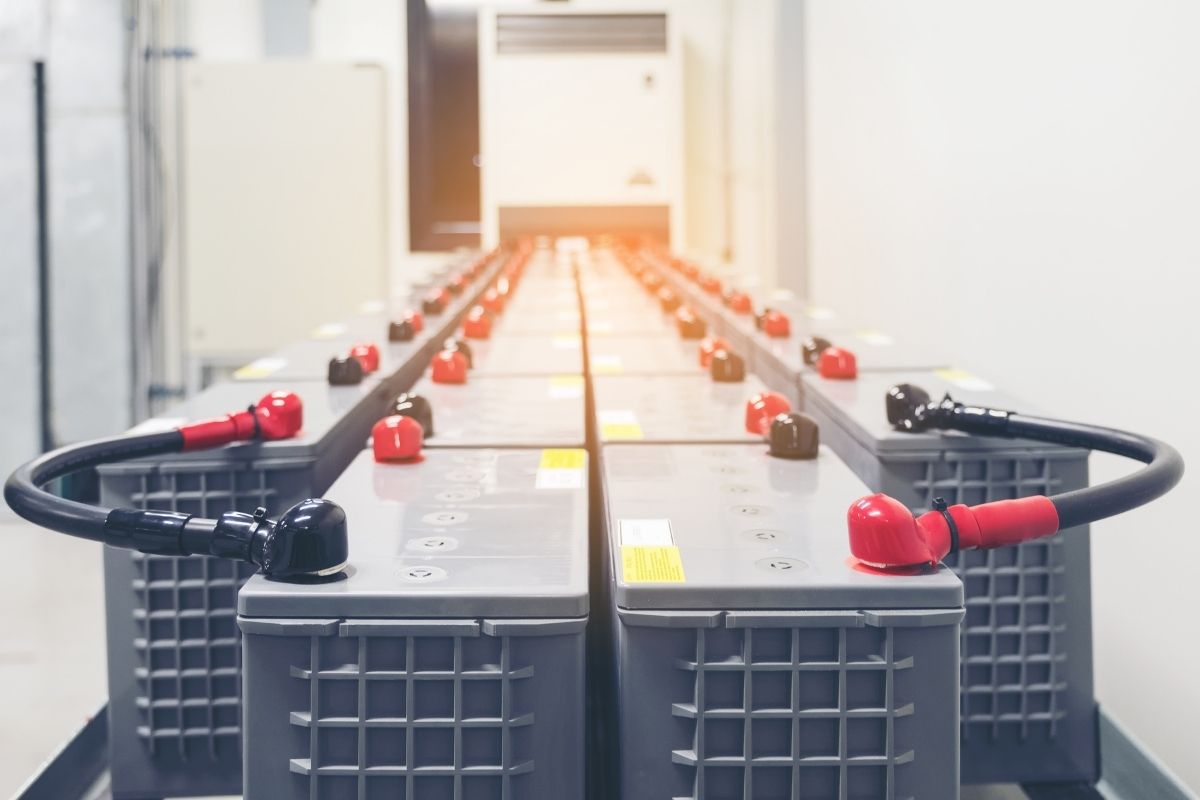Standalone Energy Storage Incentive expands on ITC Bill



On March 9th, the “Energy Storage Tax Incentive and Deployment Act” was introduced in both the House of Representatives and in the Senate. Sponsors of the bill include Rep. Michael Doyle (D-Pennsylvania) and Vern Buchanan (R-Florida) in the House and Martin Henrich (D-New Mexico) and Susan Collins (R-Maine) in the Senate.
If passed, this bill would build on the Solar Investment Tax Credit (ITC) (which was also recently extended earlier in 2021) by creating a stand-alone investment tax credit for energy storage technologies for utilities, businesses, and homes.
Currently, solar batteries are only eligible for the ITC if they are charged 100% by on-site solar, meaning that if a solar owner occasionally charges their batteries using electricity from the grid, they would not be eligible for the ITC. In addition, solar batteries are not currently eligible for the ITC if they are installed more than a year after the initial installation. If this new bill is passed, these ITC requirements would no longer apply and standalone solar batteries could be installed, as long as they meet the capacity requirements of 5 kilowatt hours for commercial properties and 3 kilowatt hours for residential properties. In essence, a much wider range of solar energy storage applications would become eligible for the ITC.
While the Energy Storage Tax Incentive and Deployment Act applies to solar energy storage, it also applies to many other energy storage systems, such as pumped hydropower, hydrogen storage (including electrolysis), thermal energy storage, regenerative fuel cells, superconducting magnets, and other technologies identified by the Internal Revenue Service.
The representatives who sponsored this new legislation made it clear that this bill is being introduced to help us reach our climate goals and create a more resilient and sustainable future. As the US and the world moves to renewable energy sources, like solar and wind, energy storage technologies will be relied upon more and more heavily.
As Congressman Doyle said, “Cost-effective energy storage is essential for adding more renewable energy to the grid and will increase the resiliency of our communities. This bill would promote greater investment and research into energy storage technologies, bolster the advanced energy economy, and create more clean energy jobs.”
In 2020, the Energy Storage Association (ESA) published a paper titled “100x30: Empowering the Clean Power Transformation” that projected that the US will see 100 GW of new energy storage systems by 2030. In that paper, the ESA suggested an ITC for stand-alone storage systems would create "an investment signal and facilitate a rush of capital into storage development that would match the demand for storage arising from the clean energy transformation and electrification over the coming decade”.
Jason Burwen, Interim CEO of ESA, recently commended the new legislation saying “Without more energy storage, the United States will fail to achieve its urgent climate and clean energy goals and miss an opportunity to make power infrastructure more resilient to climate change. We urge Congress to follow the bipartisan example set today and pass this legislation to put storage on the same playing field as other clean energy technologies. If it does, we can power the economic recovery with jobs that build a cleaner, more resilient future for all.”